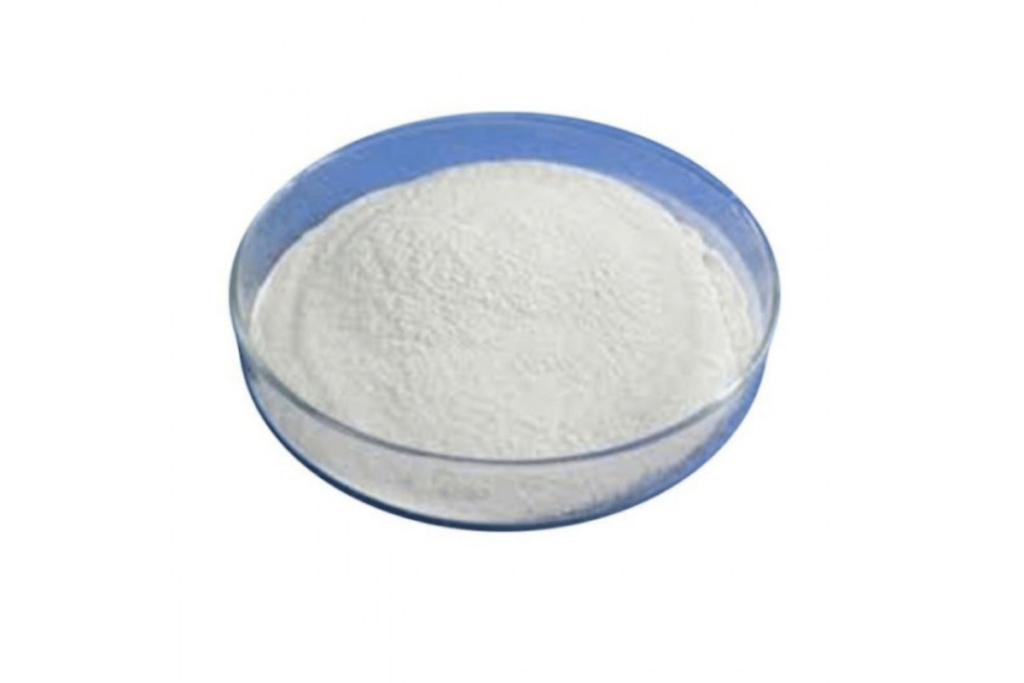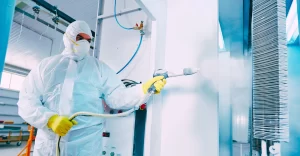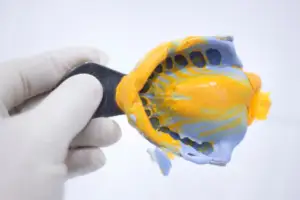Sodium Carboxymethyl Cellulose (CMC) is a water-soluble polymer derived from cellulose, the most abundant organic substance on Earth. This versatile chemical compound is often referred to by its abbreviation, Sodium CMC, or sometimes as NaCMC, acknowledging its sodium-based ionic form.
Sodium Carboxymethyl Cellulose is characterized by its unique ability to act as a thickener, stabilizer, and emulsifier. This is due to its anionic nature, which allows for a high degree of substitution – meaning that hydrogen atoms of the cellulose backbone are replaced by carboxymethyl groups (CH2-COOH). This modification imparts solubility in water, which otherwise is not a property of cellulose. As a result, Sodium Carboxymethyl Cellulose can absorb large amounts of water, swelling to form a viscous, non-toxic, and stable gel.
Common uses of Sodium Carboxymethyl Cellulose span a broad range of industries. In the food industry, it serves as a viscosity modifier or thickener and is often found in ice cream, baked goods, and diet foods. The pharmaceutical industry values Sodium Carboxymethyl Cellulose for its use in drug delivery systems, as a binder in tablet formulation, and in laxatives. Additionally, it plays a crucial role in non-food products such as toothpaste, where it functions as a thickening agent to give the product its characteristic texture. Moreover, in the oil and gas industry, Sodium Carboxymethyl Cellulose is used as a viscosity modifier in drilling muds.
Sodium Carboxymethyl Cellulose’s unique properties make it an invaluable ingredient across these diverse fields. Its compatibility with a range of products and environments, alongside its non-toxic nature, ensures its continued relevance and utility. In the following sections, we will delve into the practical aspects of dissolving Sodium Carboxymethyl Cellulose, emphasizing the importance of this process for harnessing its full potential in various applications.
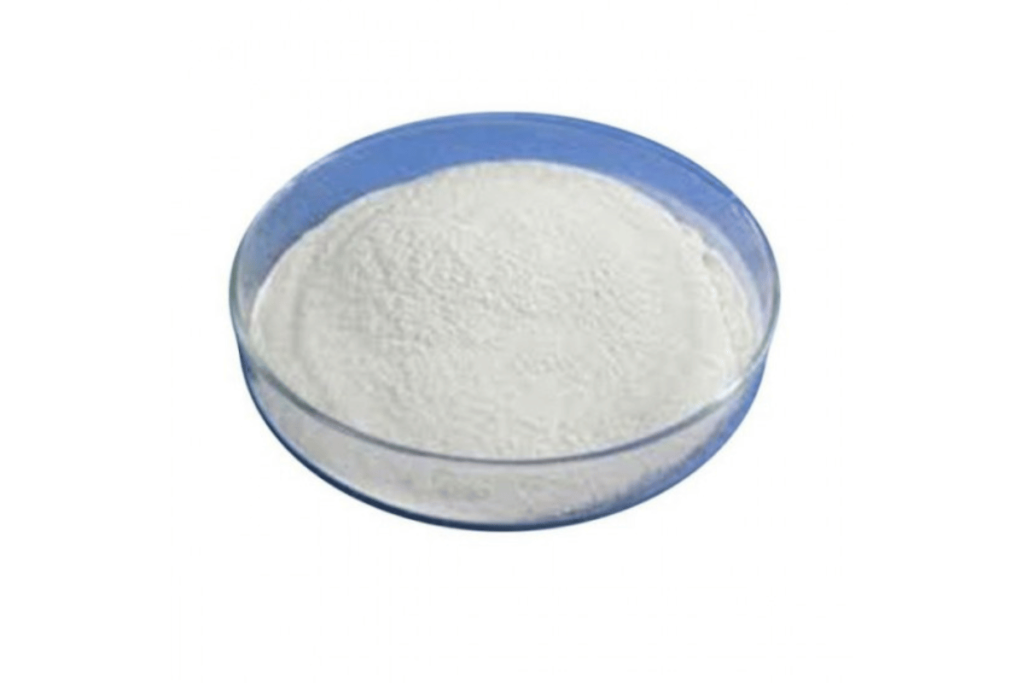
Preparatory Steps for Dissolving Sodium Carboxymethyl Cellulose
Before embarking on the dissolution of Sodium Carboxymethyl Cellulose (CMC), it is essential to assemble the necessary materials and take appropriate safety precautions. Since Sodium Carboxymethyl Cellulose is used across various industries, including food and pharmaceuticals, ensuring purity and safety in its handling is paramount.
Necessary Materials
To dissolve Sodium Carboxymethyl Cellulose, the following materials are typically required:
- Purified Water: The quality of water is critical as impurities can affect the dissolution process and the final product’s properties.
- Measuring Equipment: Accurate scales and measuring cylinders to measure the precise amount of Sodium Carboxymethyl Cellulose and water.
- Mixing Vessel: A container resistant to the mechanical stress of stirring and large enough to accommodate the expansion of Sodium Carboxymethyl Cellulose when it absorbs water.
- Stirring Device: A mechanical stirrer or a high-shear mixer to ensure even distribution of Sodium Carboxymethyl Cellulose in the water.
- Heating Source: If necessary, a controlled heating source to increase the water temperature can aid dissolution.
- pH Strips or Meter: To test the water’s pH, as it can influence the solubility and viscosity of the solution.
Safety Precautions
Working with Sodium Carboxymethyl Cellulose requires adherence to safety guidelines:
- Personal Protective Equipment (PPE): Gloves, safety goggles, and lab coats should be worn to prevent skin and eye contact.
- Ventilation: Ensure good laboratory or industrial ventilation, particularly when handling Sodium Carboxymethyl Cellulose powder to avoid inhalation.
- Material Safety Data Sheet (MSDS): Review the MSDS for Sodium Carboxymethyl Cellulose to be aware of any additional hazards and recommended handling procedures.
Importance of Water Quality and Temperature
The quality of water used is a determining factor in the success of dissolving Sodium Carboxymethyl Cellulose. Impurities, such as ions in hard water, can interact with the carboxymethyl groups and hinder the swelling and solubility of the polymer. Therefore, deionized or distilled water is often preferred for the dissolution process.
Temperature plays a significant role in the solubility of Sodium Carboxymethyl Cellulose. Generally, warmer water increases the rate of dissolution due to the enhanced movement of water molecules, which helps to more quickly hydrate the Sodium Carboxymethyl Cellulose particles. However, the ideal temperature will depend on the specific type of Sodium Carboxymethyl Cellulose and its intended use.
In summary, preparing to dissolve Sodium Carboxymethyl Cellulose requires careful planning and attention to detail. The selection of materials, consideration of water quality, and the establishment of a safe working environment are crucial steps in achieving a well-dissolved Sodium Carboxymethyl Cellulose solution. With these preparatory steps completed, we can proceed to the actual dissolution process, which will be covered in the following section.
Step-by-Step Guide to Dissolving Sodium Carboxymethyl Cellulose
Dissolving sodium carboxymethyl cellulose (CMC) in water to achieve a homogeneous and stable solution requires attention to detail and precision. Here is a comprehensive guide to the dissolution process:
Measuring and Gradually Adding Sodium Carboxymethyl Cellulose to Water
- Weighing Sodium Carboxymethyl Cellulose: Begin by accurately weighing the desired amount of Sodium Carboxymethyl Cellulose using a scale. This amount should be determined based on the final concentration needed for your application.
- Preparing the Water: Fill your mixing vessel with the pre-measured amount of purified water at room temperature. If a specific temperature is recommended for your Sodium Carboxymethyl Cellulose grade, adjust the water temperature accordingly.
- Adding Sodium Carboxymethyl Celluloseto Water: Slowly sprinkle the Sodium Carboxymethyl Cellulose into the water, ensuring not to pour it all at once. Adding Sodium Carboxymethyl Cellulose gradually helps prevent the formation of lumps, which can be difficult to dissolve.
Techniques for Stirring and Heating to Aid Dissolution
- Stirring: Once the Sodium Carboxymethyl Cellulose is added to the water, begin stirring immediately. Use a mechanical stirrer set at a moderate speed to avoid vortex formation, which can entrap air and lead to foaming.
- Heating: If necessary, apply gentle heat to the solution to expedite the dissolution process. However, avoid overheating, as excessive temperatures can degrade Sodium Carboxymethyl Cellulose or alter its properties.
- Time for Hydration: Allow enough time for Sodium Carboxymethyl Cellulose to fully hydrate and dissolve. This could take anywhere from a few minutes to several hours, depending on the concentration and the grade of Sodium Carboxymethyl Cellulose used.
Tips for Avoiding Common Issues Like Clumping and Uneven Consistency
- Prevent Clumping: To prevent clumping, ensure that Sodium Carboxymethyl Cellulose is added slowly and is evenly dispersed during the initial mixing.
- Consistency: Check the consistency of the solution periodically. If you notice any undissolved particles, increase the stirring speed slightly or apply more heat if the temperature is below the recommended level.
- Adjusting Viscosity: If the solution is too thick or too thin, adjust the amount of Sodium Carboxymethyl Cellulose or water accordingly. Remember that it’s easier to add more Sodium Carboxymethyl Cellulose to thicken the solution than to dilute an overly thick solution.
By following these steps, you can successfully dissolve Sodium Carboxymethyl Cellulose in water, avoiding common issues that may affect the quality of your solution. Proper dissolution is key to leveraging the full functionality of Sodium Carboxymethyl Cellulose in your application, whether it be as a thickener, stabilizer, or emulsifier. With a clear understanding of the dissolution process, you can ensure optimal performance and consistency in your final product.

Troubleshooting Common Dissolution Problems
When dissolving Sodium Carboxymethyl Cellulose (CMC), you may encounter certain issues that can affect the quality of the solution. Here are solutions to common problems:
Adjusting for Water pH and Hardness
- pH Adjustment: The solubility of Sodium Carboxymethyl Cellulose is pH-dependent. If the solution is too acidic or too alkaline, it can hinder the swelling and dissolving of the polymer. Use pH strips or a pH meter to check the pH level of your solution. You can adjust the pH by adding dilute acid to lower it or dilute base to raise it to the optimum pH range, typically around 7.0 for Sodium Carboxymethyl Cellulose.
- Water Hardness: Minerals in hard water can react with Sodium Carboxymethyl Cellulose, causing decreased solubility and increased viscosity. If hard water is the only option, consider using a chelating agent like EDTA to bind the minerals or opt for water softening treatments prior to dissolution.
Dealing with Undissolved Particles
- High-Shear Mixing: If undissolved particles are visible, use a high-shear mixer to break them up. This type of mixer can apply intense shear forces to the particles, aiding in their dissolution.
- Straining the Solution: For applications requiring a very smooth texture, strain the Sodium Carboxymethyl Cellulose solution through a fine mesh to remove any undissolved particles.
- Hydration Time: Some grades of Sodium Carboxymethyl Cellulose may require extended hydration times. Ensure that you have allowed enough time for the Sodium Carboxymethyl Cellulose to fully dissolve before proceeding to the next steps in your process.
By systematically addressing these common issues, you can significantly improve the dissolution process of Sodium Carboxymethyl Cellulose. Ensuring that the pH and hardness of the water are controlled and that undissolved particles are effectively managed will lead to a more consistent and reliable Sodium Carboxymethyl Cellulose solution, critical for its application in various industries.
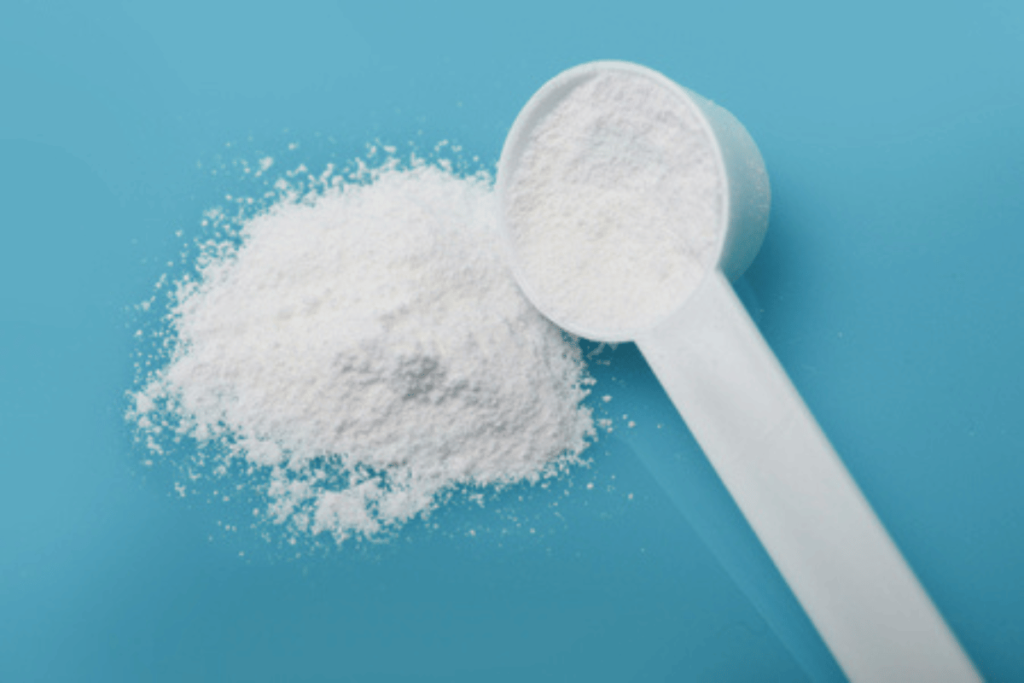
Advanced Techniques and Considerations
When dissolving Sodium Carboxymethyl Cellulose (CMC) for more demanding industrial applications, some advanced techniques and considerations can enhance the process and end-product quality.
Use of Additives to Facilitate Dissolution
- Dispersing Agents: Additives like glycerol or propylene glycol can act as dispersing agents to reduce the surface tension of water, allowing Sodium Carboxymethyl Cellulose particles to separate and dissolve more easily.
- Chelating Agents: To mitigate the effects of hard water, chelating agents such as EDTA can be introduced to bind calcium and magnesium ions, preventing them from interfering with the dissolution process.
- Preservatives: In cases where the Sodium Carboxymethyl Cellulose solution will be stored for extended periods, preservatives may be necessary to prevent microbial growth, which could compromise the solution’s integrity.
Ensuring Homogeneity in Industrial Applications
- Continuous Mixing: For large-scale production, continuous mixers can maintain a consistent shear rate, preventing the formation of agglomerates and ensuring a homogeneous solution.
- Vacuum Deaeration: In processes where air entrapment is a concern, vacuum deaeration can be employed to remove entrapped air bubbles from the solution, enhancing its clarity and uniformity.
- Quality Control: Regular sampling and viscosity measurements can monitor the consistency of the Sodium Carboxymethyl Cellulose solution, allowing for adjustments to be made in real-time during the manufacturing process.
By incorporating these advanced techniques and considerations, the dissolution of Sodium Carboxymethyl Cellulose can be optimized for high-quality, consistent results in specialized industrial applications. These steps are crucial for ensuring that Sodium Carboxymethyl Cellulose‘s properties are fully harnessed and that the end products meet the stringent standards required in their respective industries.
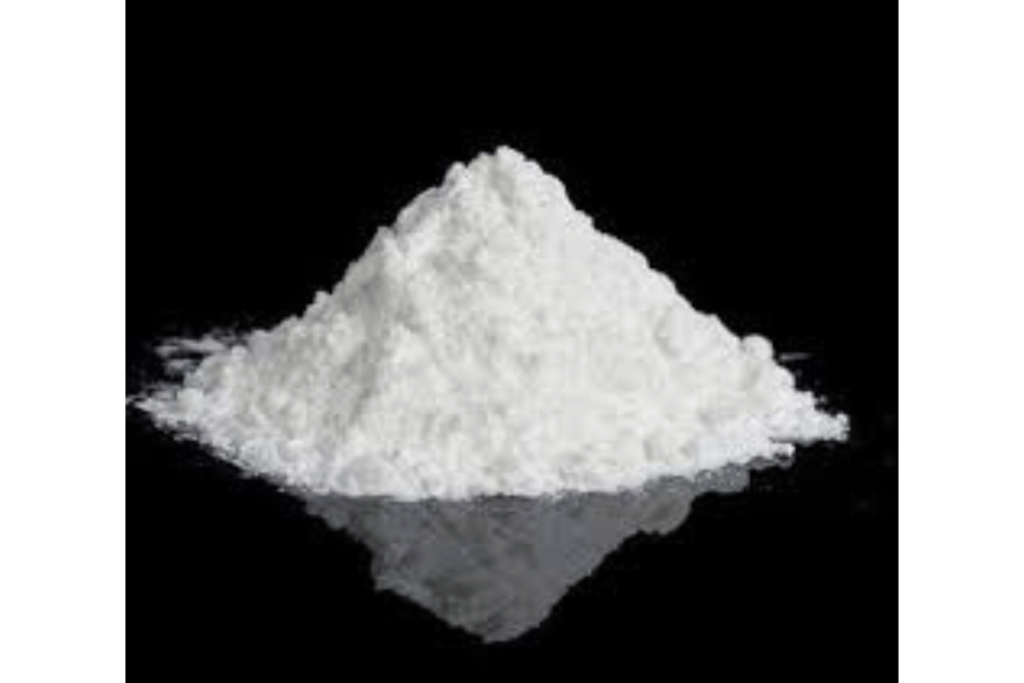
In conclusion, the dissolution process of Sodium Carboxymethyl Cellulose (CMC) is a critical operation that underpins its functionality in various applications. The process requires a careful balance of technique, temperature, pH, and the quality of water used. It’s important to approach dissolution methodically, as proper preparation and execution can significantly influence the performance and consistency of Sodium Carboxymethyl Cellulose solutions.
We’ve explored the steps and considerations necessary to dissolve Sodium Carboxymethyl Cellulose effectively, from the initial preparation to advanced techniques for industrial applications. Each stage of the process has its importance, from ensuring the right materials and safety precautions are in place to employing specific techniques to overcome common dissolution problems.
A recap of the dissolution process emphasizes the gradual addition of Sodium Carboxymethyl Cellulose to water, the importance of stirring and, if necessary, heating to facilitate full hydration, and the troubleshooting of issues like clumping and undissolved particles. Advanced techniques, including the use of additives and continuous mixing, ensure that Sodium Carboxymethyl Cellulose‘s dissolution is optimized for uniformity and effectiveness in its end-use.
Properly dissolving Sodium Carboxymethyl Cellulose is paramount for harnessing its properties as a thickener, stabilizer, and emulsifier. Whether in food, pharmaceuticals, or industrial products, a well-prepared Sodium Carboxymethyl Cellulose solution is essential for product quality and customer satisfaction. By following the guidelines and tips provided, one can ensure a successful dissolution process, leading to optimal results in the varied applications of Sodium Carboxymethyl Cellulose.


